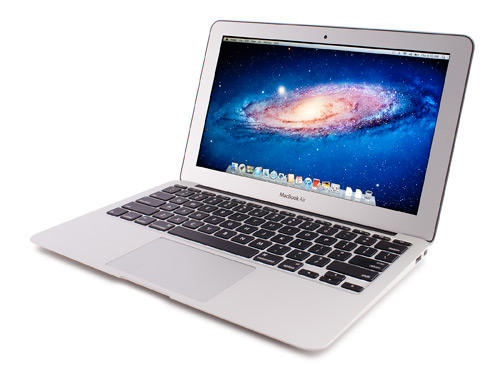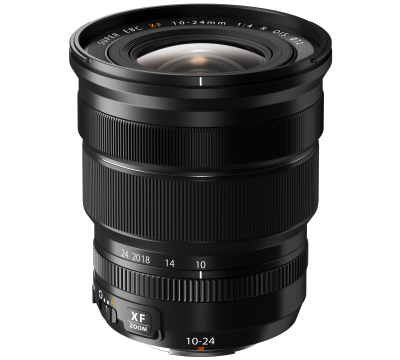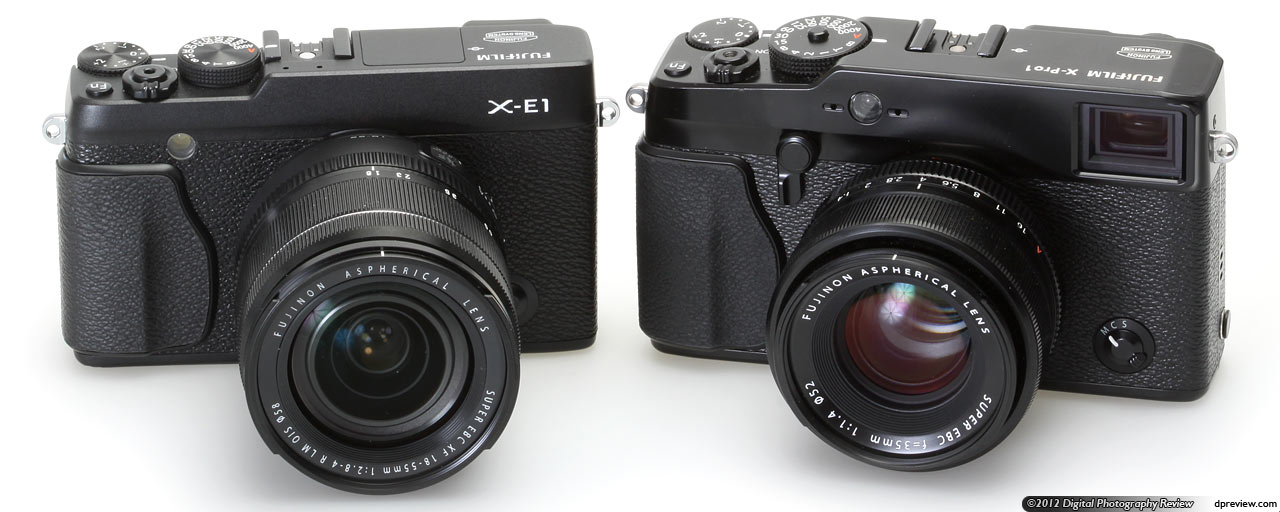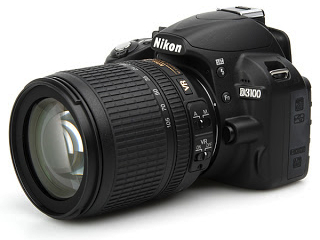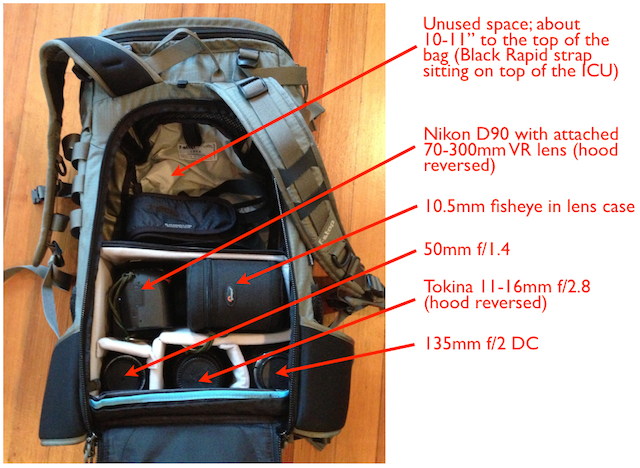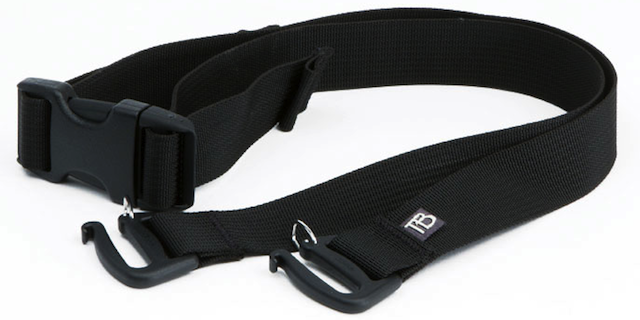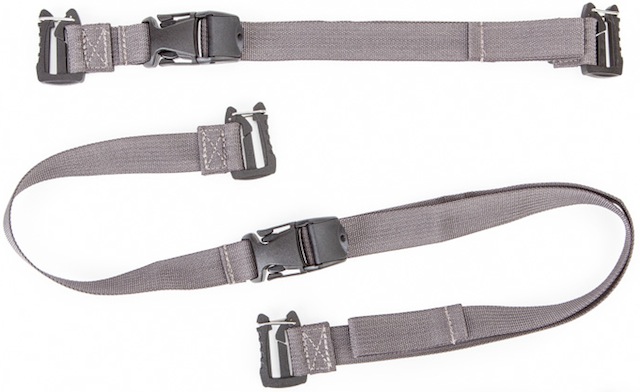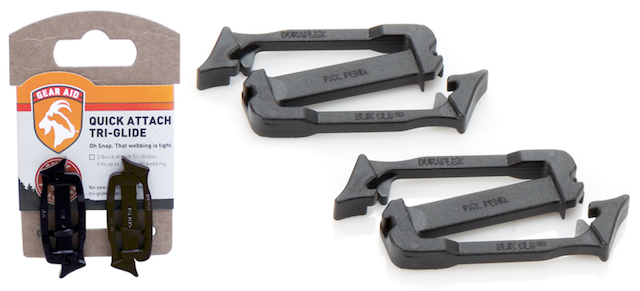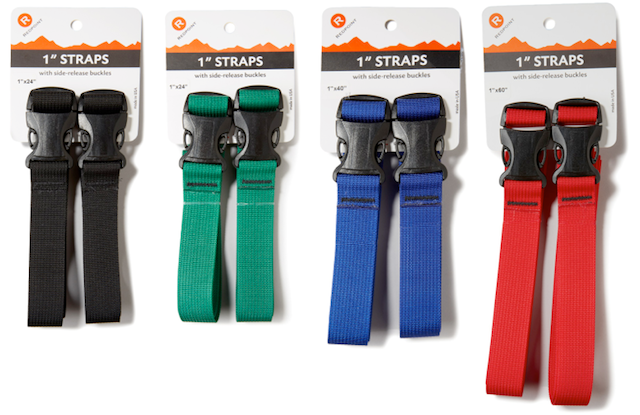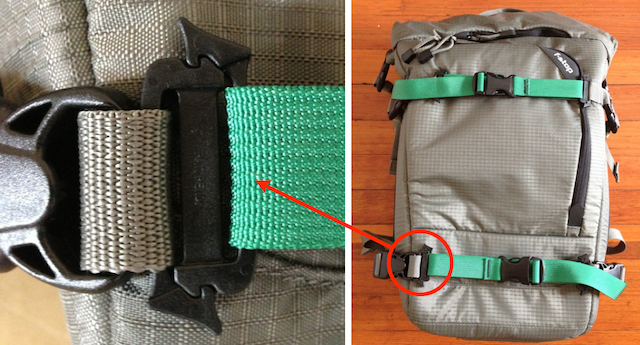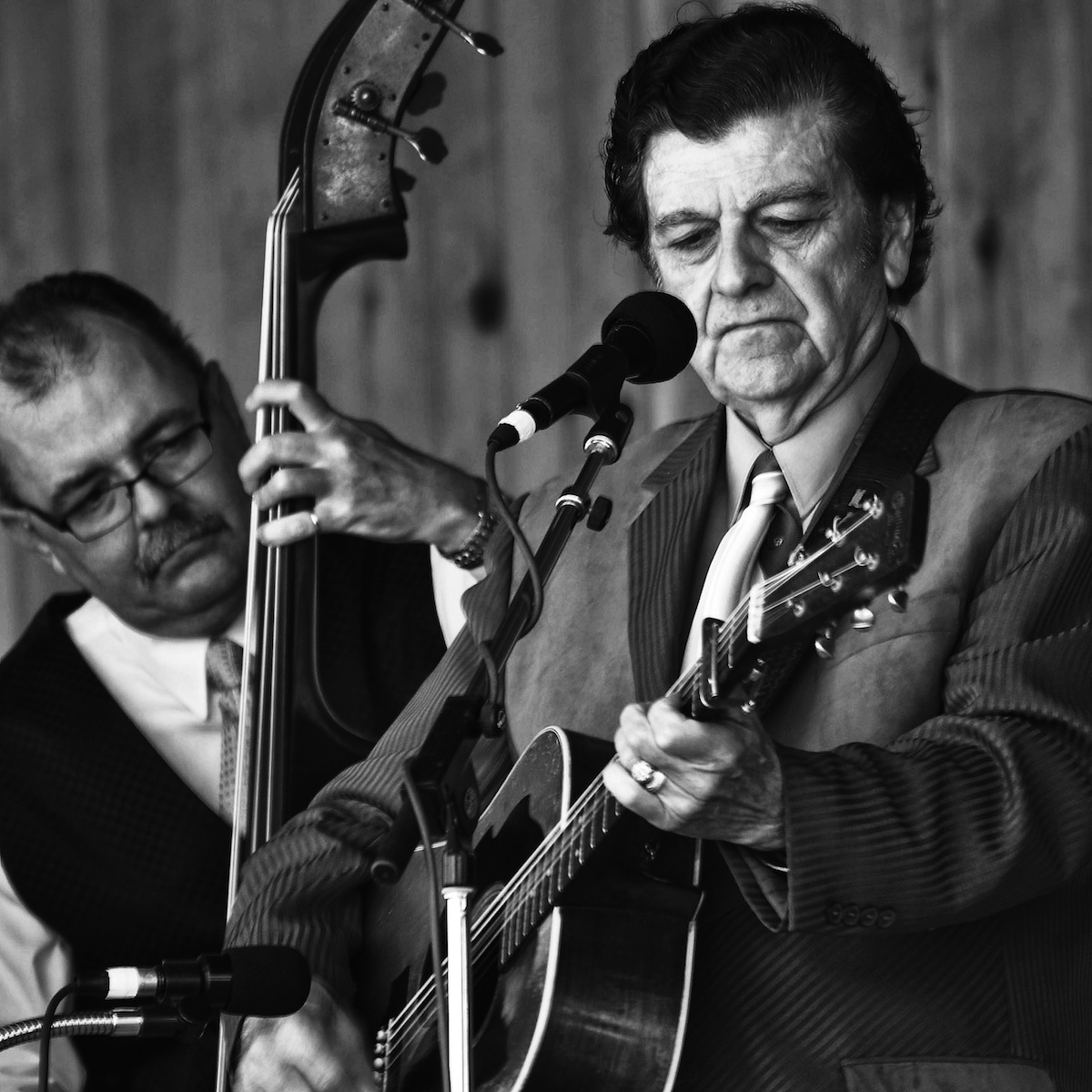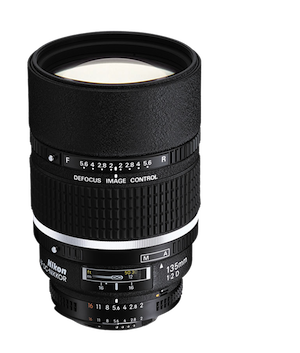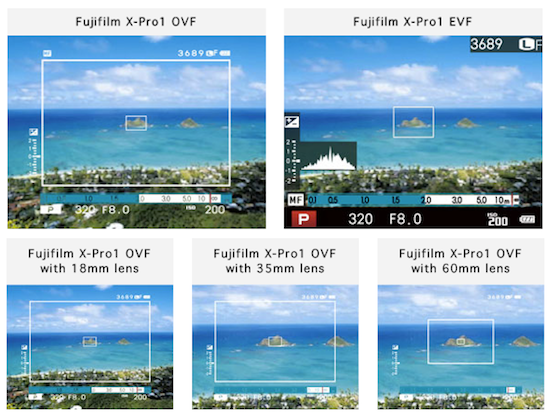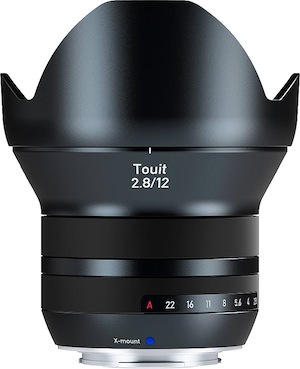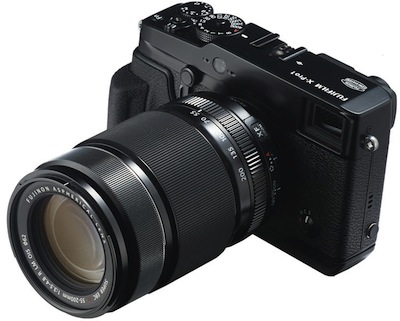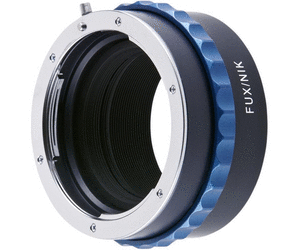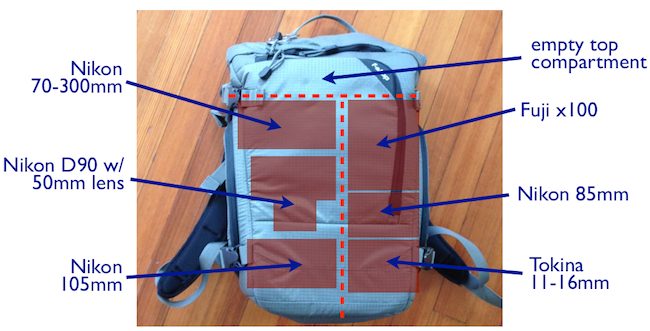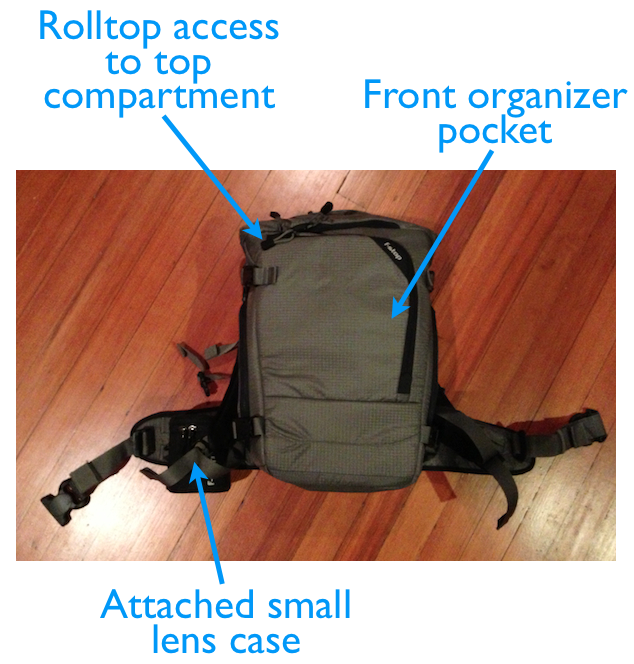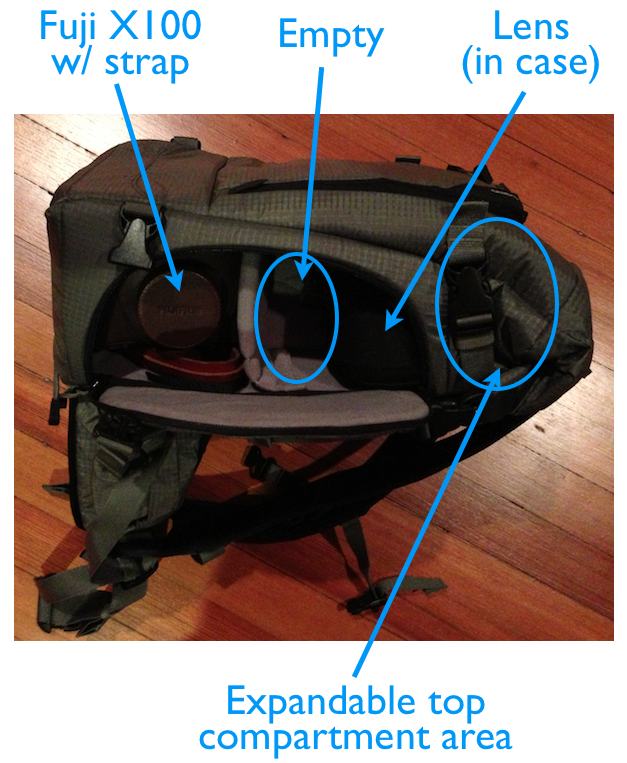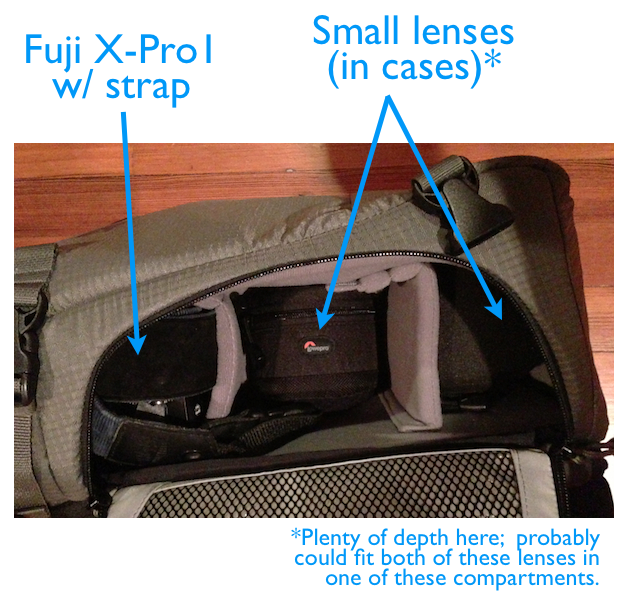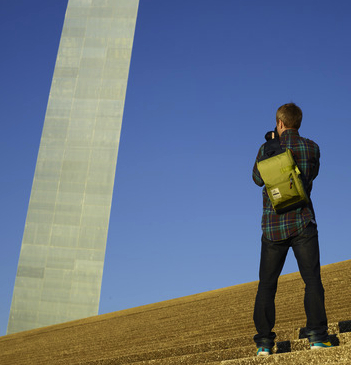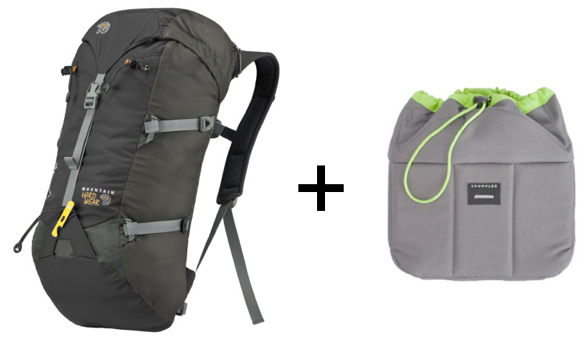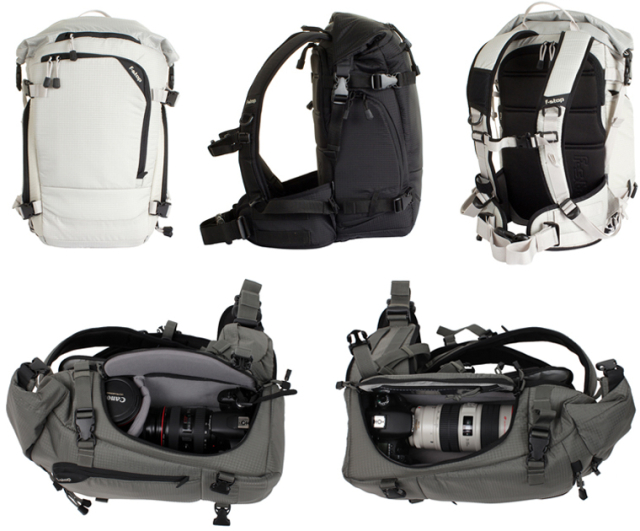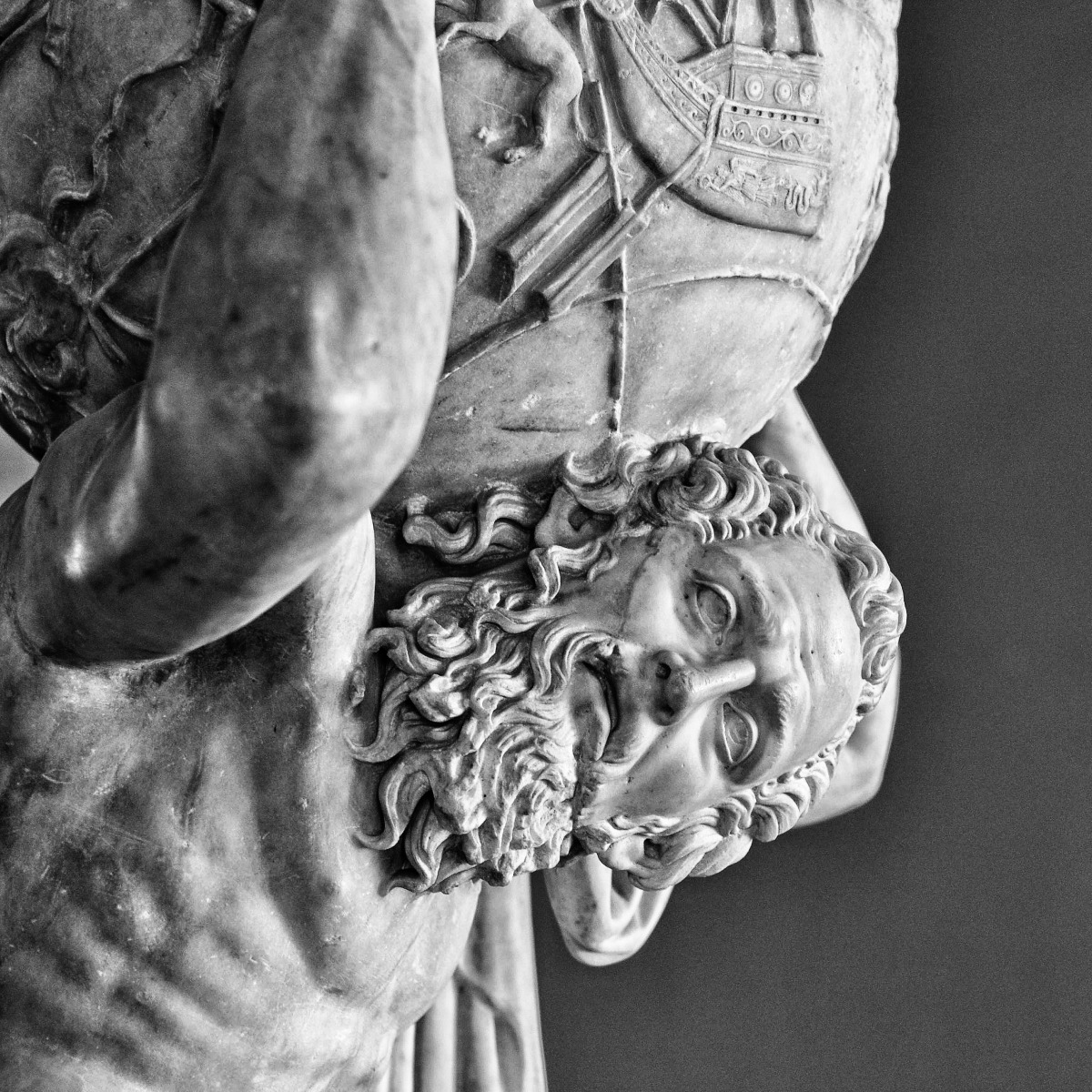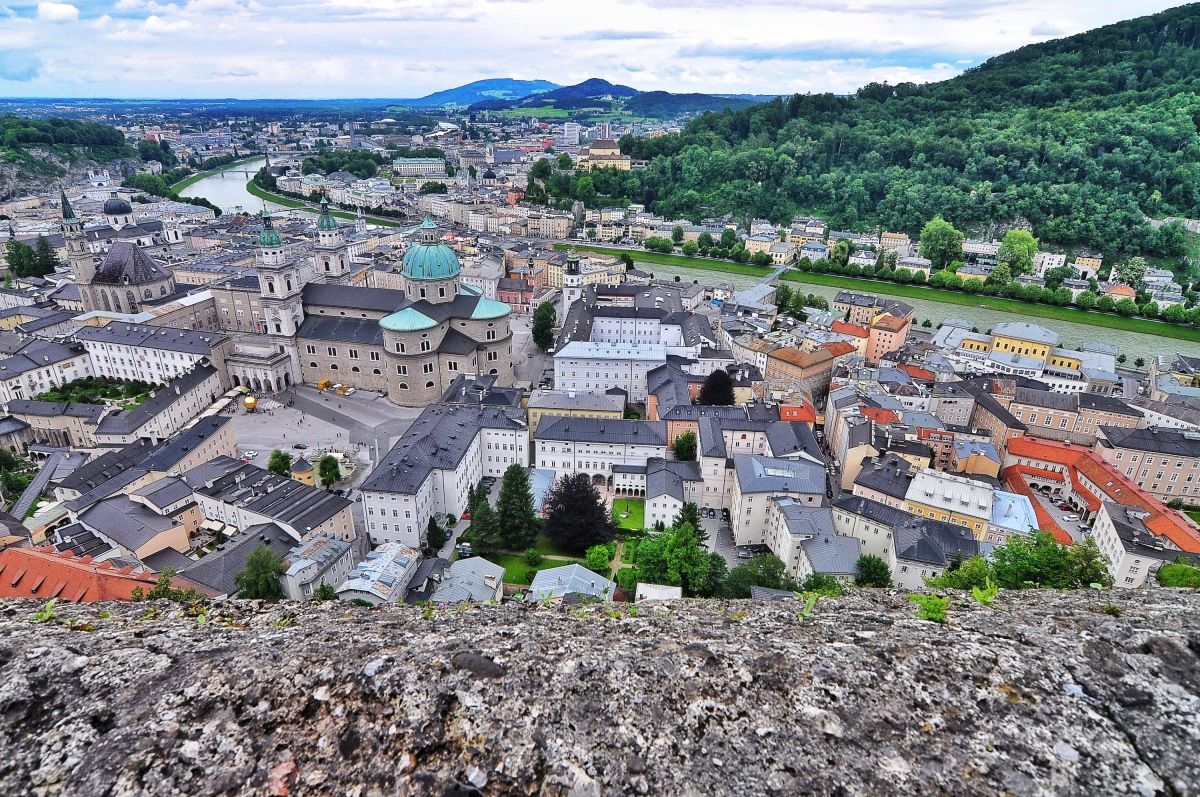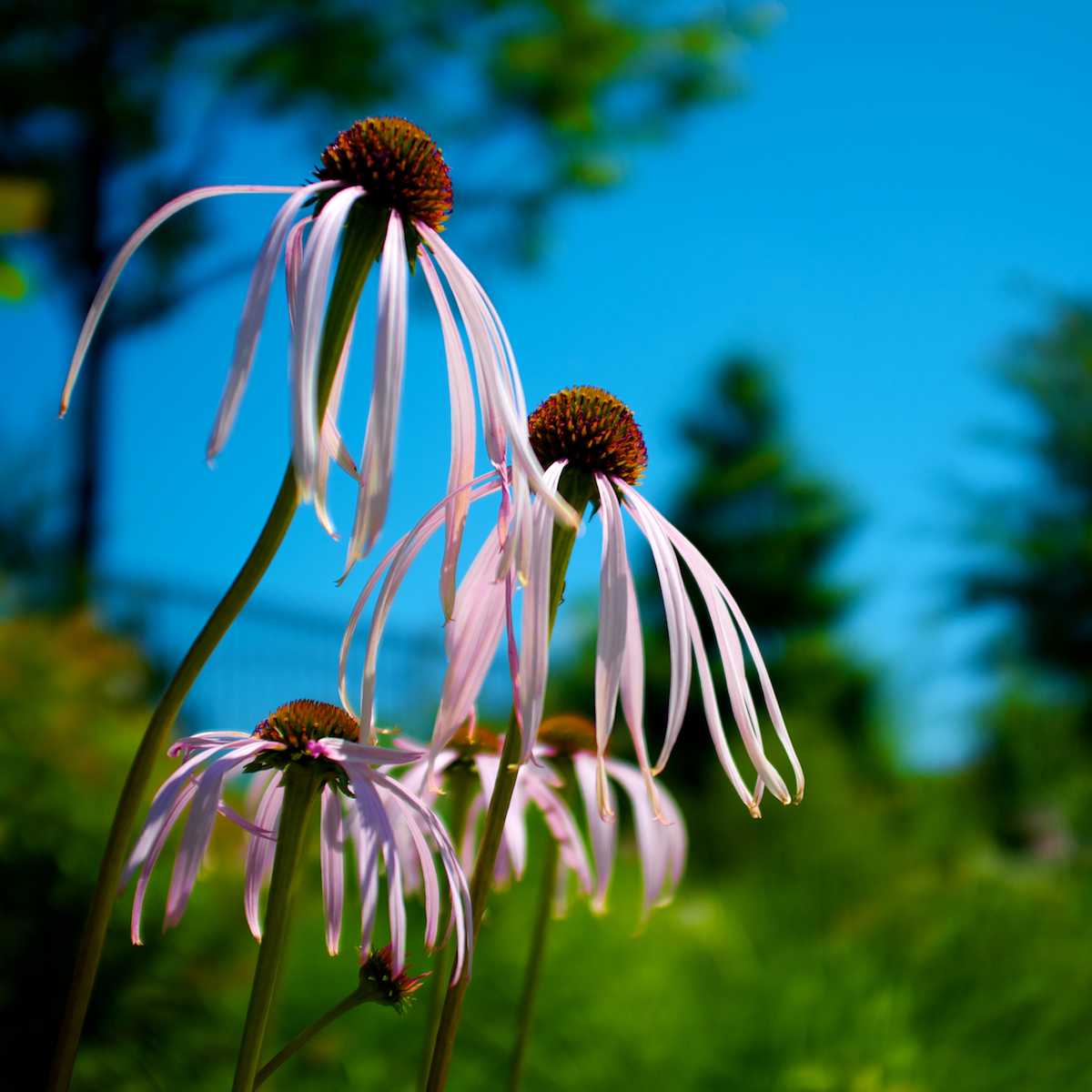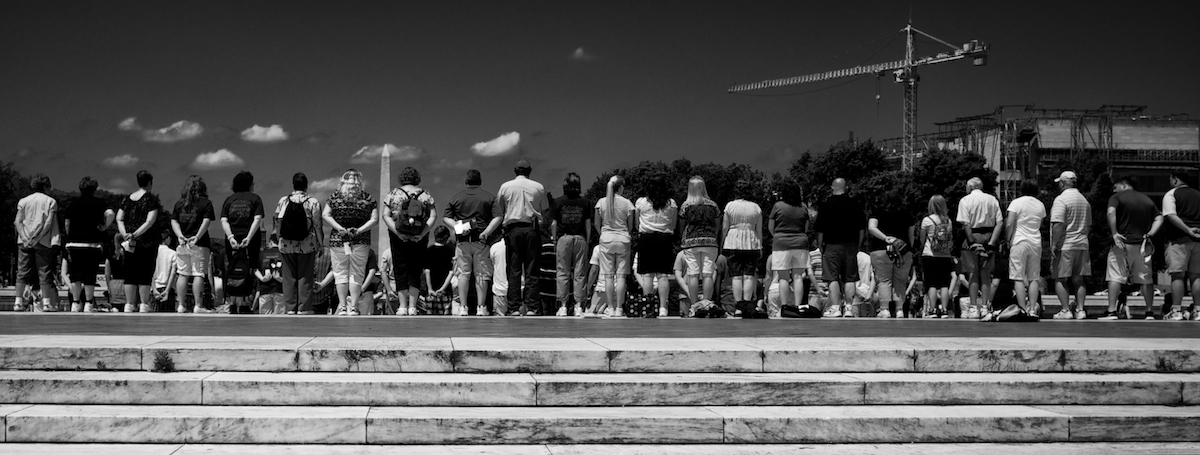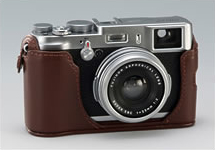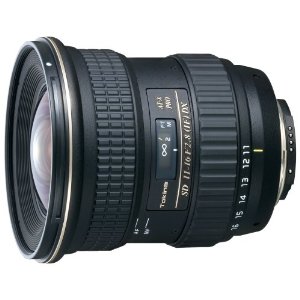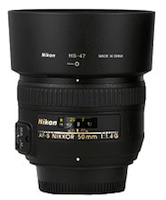One (plus one) bag travel
As I head out to my conference in Australia, with a stop in New Zealand on the way, I've been planning for how to pack for the trek. Some caveats as a starting point:
- Although part of my trip involves attending an academic conference, I tend to dress at the causal end of the spectrum for these sorts of things (maybe even outside the range of what is normative). No suits, ties, shiny leather shoes, etc.
- There will be lots of walking and exploring in the cities, as well as some hiking in the countryside. Much more on the activewear side of things rather than anything formal.
- I tend to be low maintenance when it comes to toiletries, and am perfectly fine using whatever is found in the hotel. And I don't mind being scruffy and going without shaving for a few weeks.
- Admittedly, there's likely going to be more photography gear than most would bring. In particular, a second body is a total luxery. But I'd be crushed if I had a problem with my camera and didn't have a backup on a trip like this. And it's not like I'll be carrying two DSLRs...
- I need to have a pack for day trips with my photo gear and small messenger bag for the conference and walking around Sydney and Melbourne.
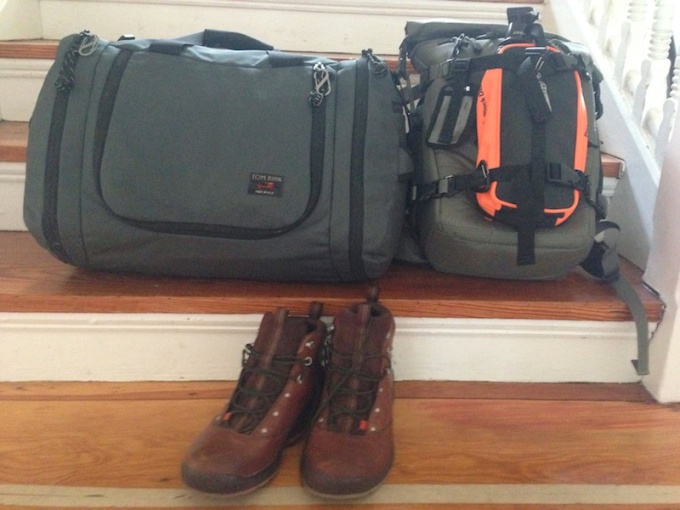
I've been reading about "one bag travel," where the goal is to fit everything into a carry-on bag. Given that I'm an avid photographer, I know there's no way I can do this, unless half of the bag is camera gear. Even though I travel with the small(ish) Fuji X-sytem which is lighter than the Nikon DSLR I used to travel with, it's still more gear than most "one-baggers" would carry. Couple that with a (small) laptop and iPad, I know one bag isn't going to happen. But if I could get to "MLC" (maximum legal carry-on; ~40 liters) bag plus a small bag or backpack (i.e., "personal item" on the plane), I'd be going much lighter than the 90+ liter Gregory Whitney backpack I previously traveled with. So here's the plan...

 Thursday, June 19, 2014
Thursday, June 19, 2014

